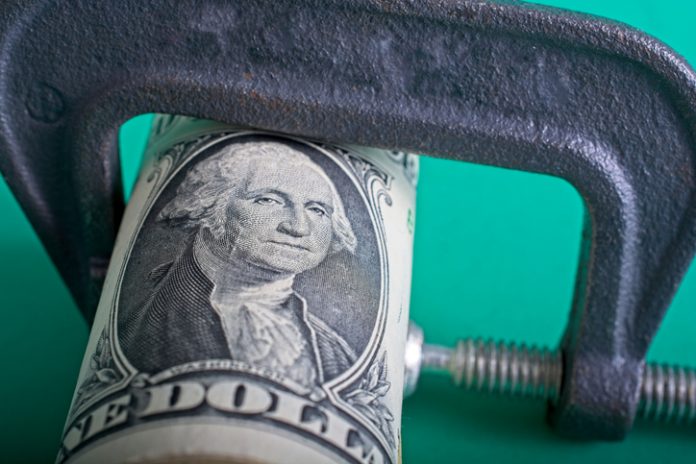Employment data are showing tentative signs of a slowdown in economic growth, while business surveys indicate the economy is moving ahead at a comfortable pace.
The Fed will raise rates later this month and will continue selling securities for at least the next three months. Expect additional monetary restraint that will put negative pressure on the economy.
The Week That Was
Friday’s day’s job report showed a slight slowing in employment. June private payrolls increased by 149,000, a 1.4 percent annual rate. This compares to a rapid 2½ percent growth in private jobs over the past year. Total payroll jobs (including government workers) increased by 209,000. The unemployment rate remained unchanged, at 3.6 percent.
Business surveys from both ISM and S&P agree that the service sector performed well in June. Both series registered readings close to the mid-50s (relatively strong growth), and both showed strength in new orders
Things to Come
Wednesday morning the government will report June’s Consumer Price Index (CPI). The consensus expects both the total and the core rate to be up 0.3 percent, a 3½ percent annual rate.
Even if the consensus is correct, the Fed has a problem. The core CPI with the consensus estimate will be up at a 7.8 percent annualized rate for the second quarter. It will be difficult for the Fed not to raise rates at its meeting later this month. Without clear progress in moving inflation toward its target, the Fed will be forced to prepare markets for the likelihood of additional rate hikes.
On Thursday, reported producer prices are expected to increase by 0.2 percent, continuing a slowdown at the wholesale level. Consumer prices are more resistant thanks to the slow adjustment in wages, which often take a year or longer to change.
Money, Money, Money
The latest data show the money supply down 13 percent over the past year but still up 20 percent from two years ago. With more money in the economy today than two years ago, businesses are hanging on despite the recent restraint.
The excess money from two years ago is also a factor pushing up inflation. June business surveys continue to show inflation rates far above the Fed’s target. Inflation eventually will subside, but slowly.
Interest rates and the Fed are responding to signs of a growing economy. The latest odds are 92 percent that the Fed will raise its fed funds target rate to the 5¼ percent to 5½ percent range at its July meeting. Markets assume there will be no more increases thereafter.
We agree. As signs of economic weakness become more apparent there will be no need for the Fed to become more restrictive.
Although interest rates may peak, monetary restraint is likely to continue until at least the Fed’s late September meeting. It will happen because the Fed will continue to sell securities for at least the next three months. That will make the coming downturn worse than necessary.
Market Forces
Stock prices continue to bounce around their recent highs. Despite strong recoveries, the S&P500 and Dow are 8 percent below their all-time highs, and the Nasdaq is 14 percent below. Small cap stocks remain 12 percent to 20 percent below their highs.
Investors continue to anticipate a soft economic landing with rising profits through the end of 2023. Most recent data show the economy performing well. We believe it is only a matter of time before the Fed’s monetary restraint works its way through the economy, creating a downturn.
Outlook
Economic Fundamentals: negative
Stock Valuation: S&P 500 overvalued by 16 percent
Monetary Policy: restrictive
For more Budget & Tax News.
For more from The Heartland Institute.











